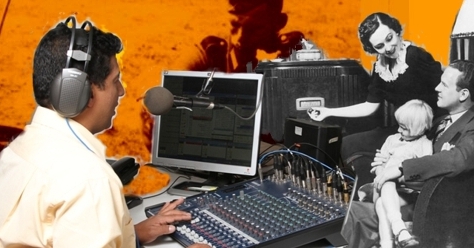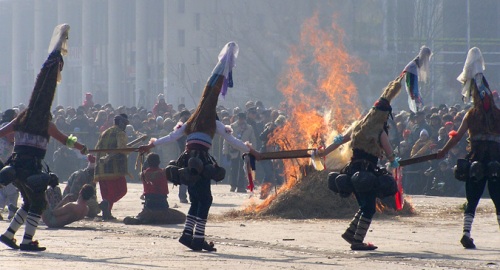Below is an automatically generated report from our buddies at WordPress; we enjoyed it, and decided to share it with you.
The stats helper monkeys at WordPress.com mulled over how this blog did in 2010, and here’s a high level summary of its overall blog health:

The Blog-Health-o-Meter™ reads Wow.
Crunchy numbers

The average container ship can carry about 4,500 containers. This blog was viewed about 17,000 times in 2010. If each view were a shipping container, your blog would have filled about 4 fully loaded ships.
In 2010, there were 134 new posts, growing the total archive of this blog to 164 posts. There were 210 pictures uploaded, taking up a total of 47mb. That’s about 4 pictures per week.
The busiest day of the year was May 4th with 689 views. The most popular post that day was Mozart’s flyswatter.
Where did they come from?
The top referring sites in 2010 were facebook.com, mail.yahoo.com, twitter.com, google.com, and mail.live.com.
Some visitors came searching, mostly for petrucci music library, petrucci library, curt sachs, liszt caricature, and magrepha.
Attractions in 2010
These are the posts and pages that got the most views in 2010.
1
Mozart’s flyswatter March 2010
4 comments
2
Not a universal language August 2010
2 comments and 2 Likes on WordPress.com
3
Petrucci Music Library May 2010
4
Defining the folk June 2010
5
Ethnomusicological bananas May 2010
1 comment






 On the eve of the event, youths go from house to house collecting wood for the ceremonial bonfire. In the morning the participants choose their roles and don the corresponding masks and sheepskin capes. The stock characters may include a groom, a bride, a devil, a priest, a gypsy, and a dancer with a bear. To the accompaniment of drums and shawms, the dancers parade through the village with abundant comical antics. The ceremony culminates with a spirited dance around the collective bonfire.
On the eve of the event, youths go from house to house collecting wood for the ceremonial bonfire. In the morning the participants choose their roles and don the corresponding masks and sheepskin capes. The stock characters may include a groom, a bride, a devil, a priest, a gypsy, and a dancer with a bear. To the accompaniment of drums and shawms, the dancers parade through the village with abundant comical antics. The ceremony culminates with a spirited dance around the collective bonfire.







